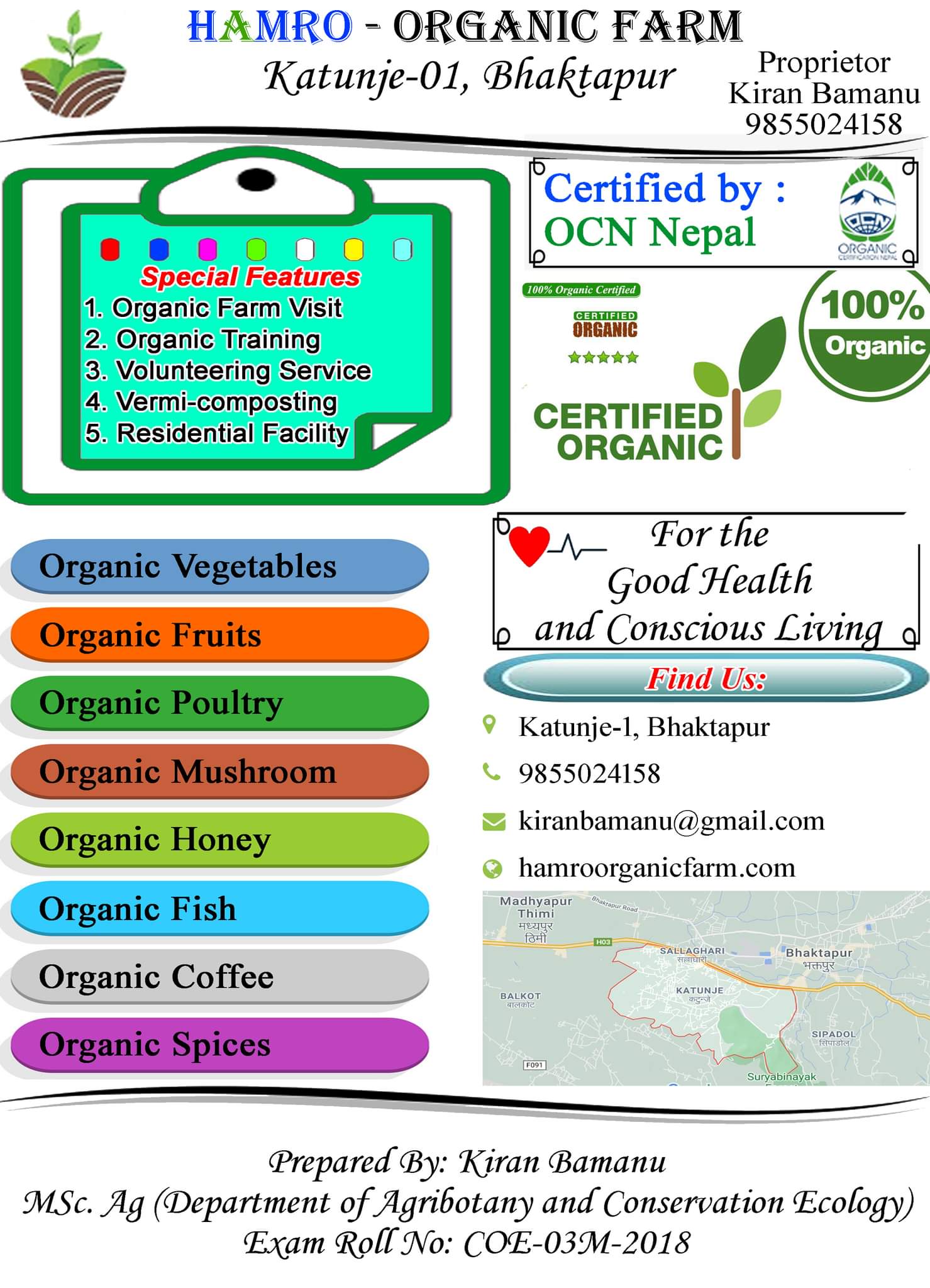Bhaktapur, "The City of Devotees", also known as Bhadgaon and Khwopa in native language and famous for pottery, weaving, handicrafts, and indigenous culture is one of the smallest district of Nepal with only 119 square km. About 65% of the population is engaged in agriculture and the rest of the population is involved in tourism, industry and other sectors. The district popularly carries the traditions of craftsmanship and a unique indigenous culture. Bhaktapur is equally renowned for its indigenous local but unique agricultural techniques.
Bhaktapur is a living heritage or a living museum displaying the vibrant depth of historical culture. Bhaktapur is rich in cultural diversity where majority of people residing here are Newar. A blend of northern art and southern mythological philosophy, the aged arts, architecture and culture is the heritage of Bhaktapur that it inherits from the earlier generations. The Pagoda and Shikhar style temples, Vihars and Bahis, (traditional Buddhist monasteries), Lonha Hiti (stone spouts), ponds, Pati, math and sattal (public shelters), stupas, city gates, teracotta temples, Dyochhens (residence of Hindu Deities), Jarahns (traditional water tanks), palaces, artistic private houses and other cultural and historical heritages are the major monuments of the ancient city (Bhaktapur Municipality, 2020). The major touristic area of Bhaktapur are Bhaktapur Durbar Square, which has been enlisted in UNESCO World heritage site too, Panchtale Mandir (5 storey temple), Dattatreya Mandir, Suryamadi, Pottery Square, Changunarayan Temple (UNESCO World Heritage site), Suryabinayak, Nagarkot, Pilot Baba and many more.
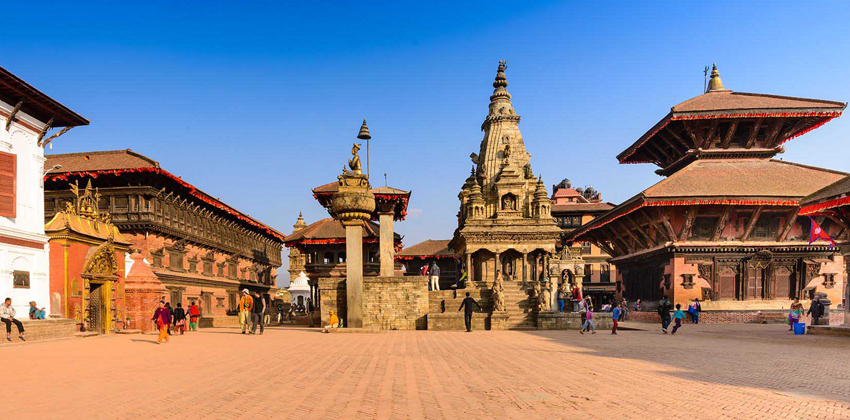
Fig: Bhaktapur Durbar Square
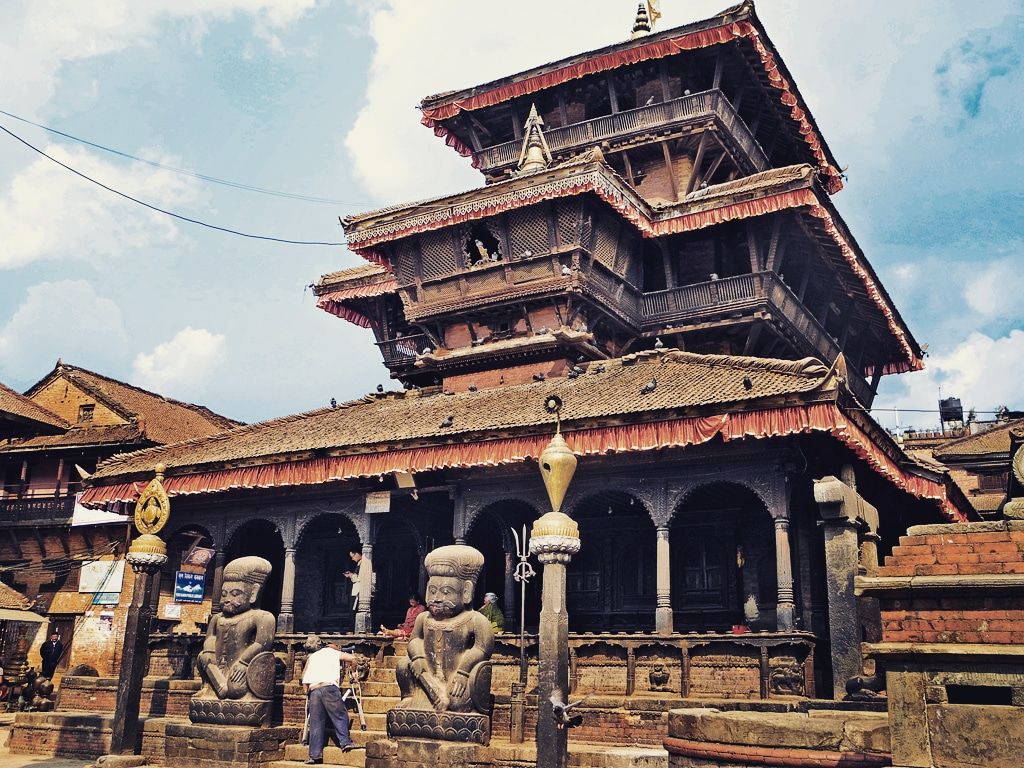
Fig: Dattatreya Temple
Tourists are being fascinated and willing to visit Bhaktapur for Juju Dhau (Yoghurt), Bhadgaule Topi (Black Cap), Haku Patasi (black saree with red border), Pottery and handicrafts. Good hospitality with good hotels and clean sanitation are luring more and more tourists to visit. According to the Tourist Information Centre of Bhaktapur Municipality, Bhaktapur received a total of 301,012 tourists in the year 2071 with maximum tourists from China and India followed by tourists from France, America, Germany, Spain and many other tourists arriving from different parts of the world.
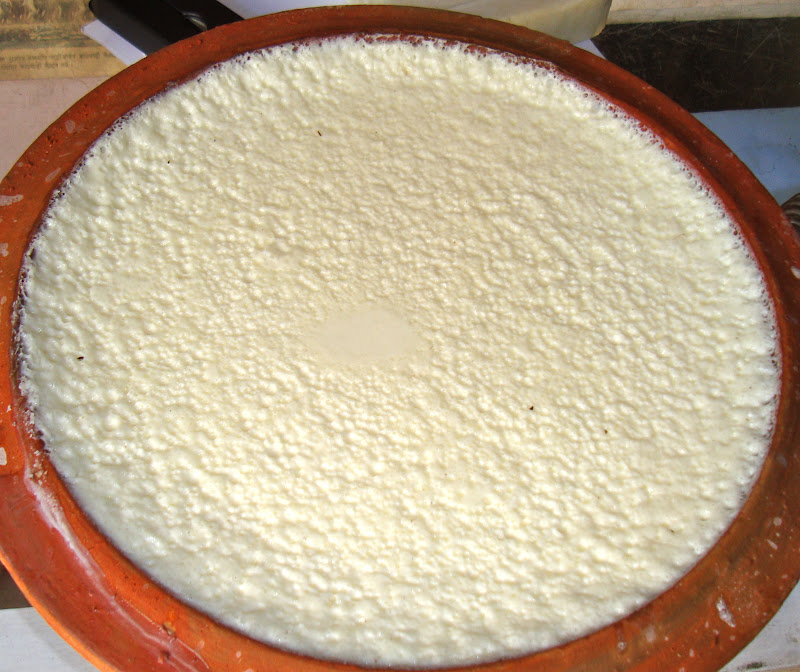
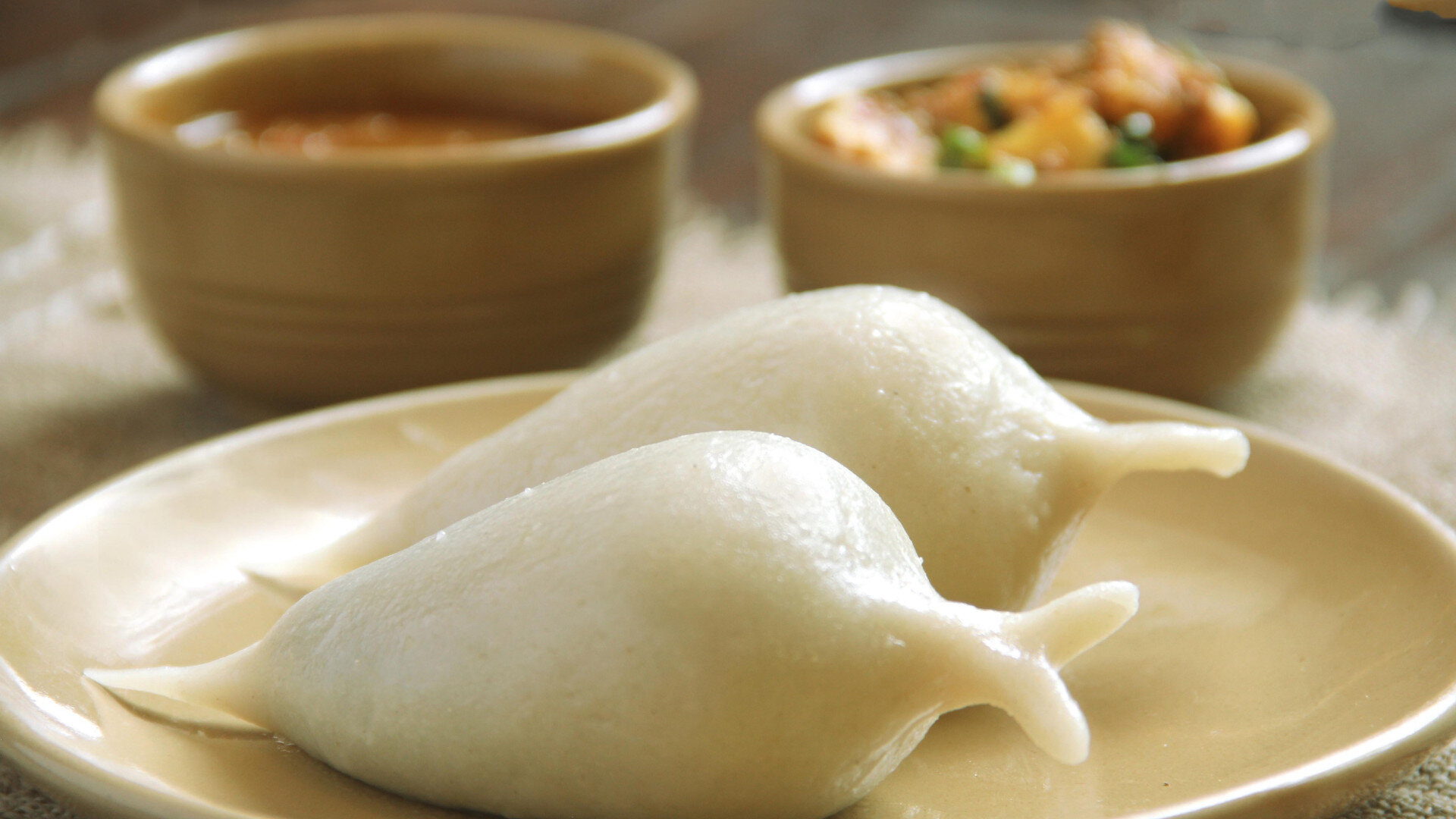
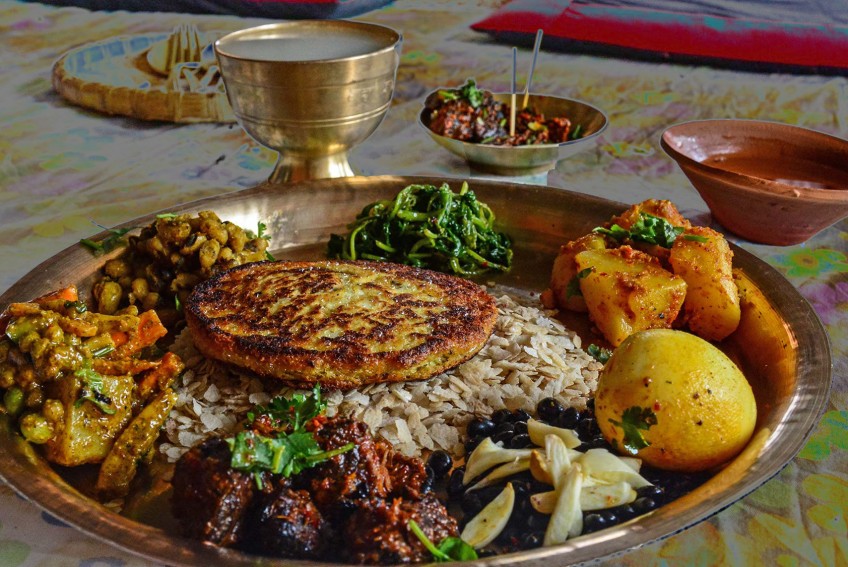
Fig: Food items
They have also identified that the areas of strength are an exceptionally rich cultural, historical and religious heritage, favorable geographical location, positive image of local Newari food products and friendly people.
Agroecotourism in Bhaktapur
Tourism sector is well growing industry in Bhaktapur. Domestic, National and Global tourists are increasing in Bhaktapur for agriculture sector too. The farming technologies, hospitality of farmers, development of home stay, development of organic farm are luring more and more tourists nowadays. Organic Farm Stay development in Nagarkot, the place with breezing air and environment is the best place to stay and forget the busy hectic schedule. Hiking and Bird watching at Suryabinayak temple area, Changunarayan temple area attracts the academic and young energetic tourists. Tourists also visit to Bhaktapur in order to enjoy the transplanting of paddy carried by Newari people with singing, dancing and playing with mud. Paddy, Wheat, Maize, Millet are the major cereal crops grown here. According to One Village One Product Program, Bhaktapur was declared as the pocket of Lapsi. Tourist visit Bhaktapur for the good and variety of food item. The local products like Juju Dhau (King Curd) makes the taste more tasty. Kwati, Yomari, Chatamari, Samyabaji, Newari Bara can increase the appetite more and more. Bhaktapur is rich in cultural and religious diversity too. It is said that there are 365 jatras being celebrated in Bhaktapur in a single year which means daily there will be any form of jatra or festival. Gai Jatra, Bisket Jatra, Dashain, Mha puja, Kija puja, Sitinakha etc are the major jatras. And these all jatras and festivals are also direclty linked with agricultural practices in Bhaktapur. Laxmi puja is done after harvesting of Paddy, Sitinakha, a free festival during free time after transplanting of paddy and before second weeding is done with cleaning wells and water source. Bhaktapur with its uniqueness in tradition, culture and farming activities is famous for tourism and stepping ahead for good agroecotourism industry.

Fig: Paddy Transplanting in Bhaktapur
How to reach Bhaktapur and Stay?
Bhaktapur is around 12 Km far from Tribhuwan International Airport. From any part of Kathmandu Valley, Bhaktapur can be reached within 1-2 hour of vehicle service.
After reaching Bhaktapur, there is no worry about the stay. As Bhaktapur has been well developed with huge number of hotels and lodges with good facility of restaurants.
Note: This Blog has been prepared for submitting as the assignment of "Agroecotourism", MSc. Ag (AFU)
